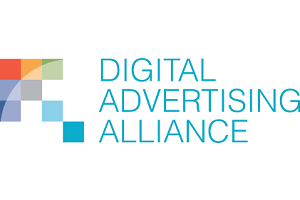Digital Advertising Alliance releases practices for IoT connected devices

Digital Advertising Alliance (DAA) has released new DAA practices to help companies understand how the DAA principles of its privacy self-regulatory programme should be applied to billions of Internet of Things (IoT) connected devices. This range from smart appliances to connected TVs, smartwatches, speakers, fitness sensors, and other connected devices.
“For more than a decade, the DAA’s self-regulatory programs have kept pace with rapid changes in the digital ecosystem by offering regular updates and guidance around emerging issues like mobile data, cross-device data, video and Addressable Media Identifiers,” says Lou Mastria, CEO of the DAA. “The release of the DAA practices will kick off a creative ad specification process, so we can help consumers access privacy information and controls for connected devices through intuitive notices and consolidated user interfaces.”
The DAA practices describe how companies should provide users with notice and control around the collection, use, and transfer of connected device data for interest-based advertising and other covered purposes. According to the DAA practices, both first parties and third parties should provide a link on their digital properties to an effective opt-out mechanism that allows consumers to exercise choice regarding the collection, use, and transfer of connected device data for covered purposes. (Connected device data is data collected from or through a connected device about the use of a digital property or service by that device.)
“Given the complicated and still-emerging nature of the connected device space, the DAA has issued these best practices to drive forward the adoption of enhanced transparency and control for companies creating connected products and services,” continues Mastria. “Our goal is to extend the easy and widely recognised AdChoices experience from the desktop and mobile environments into this emerging space.”
According to Iot Analytics, there are approximately 14.4 billion IoT connected devices in use worldwide in 2022, and that number will nearly double to 27 billion devices by 2025. These practices do not cover computers, tablets, smartphones, and mobile devices, which are already addressed by the DAA Principles and prior guidance.
“One of the greatest strengths of the DAA’s self-regulatory program is the way its foundational Principles can be applied to new technologies and business models. When the DAA Principles were released more than a decade ago, the concept of connected devices was barely a glimmer in the public consciousness, but today’s announcement expands that powerful and flexible framework to provide clear practices around IoT device in use by consumers today,” says Michael Signorelli, partner, Venable LLP, which helped draft the practices.
In the coming weeks, the DAA plans to convene a Working Group with stakeholders representing key trade associations, advertisers, publishers, ad tech providers, agencies, and device makers to consider actionable plans to operationalise the practices. The Working Group will create and release technical implementation specifications for participants in the connected device ecosystem.
Comment on this article below or via Twitter @IoTGN
